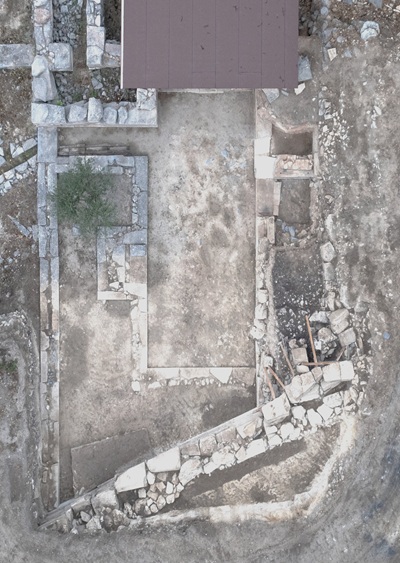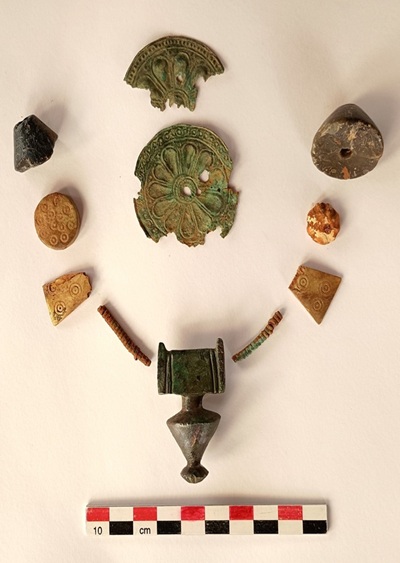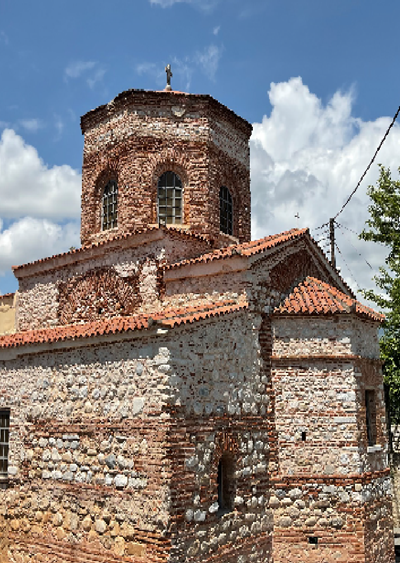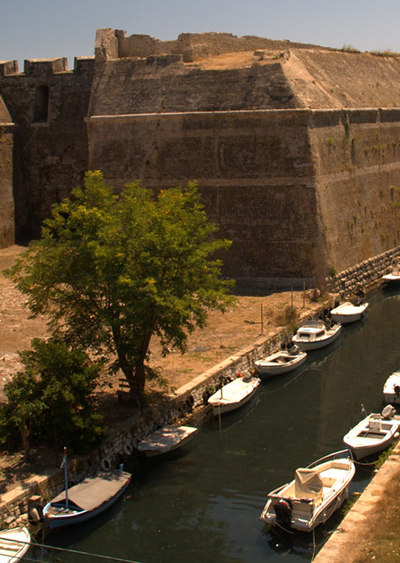
The Ministry of Culture is launching the restoration of the Ottoman Baths complex in Nafplio.
The Minister of Culture, Lina Mendoni, said: “The Hammam of Nafplio is a remarkable architectural example of the period in which it was built, as well as the only Ottoman Baths complex in the city, which dates back to the 18th century. In our autopsy two years ago, we found the necessity of the monument to carry out maintenance and restoration work as in its existing form and after the collapse of its individual spaces, it is not easily readable. In this context, we initiated the preparation of the necessary studies in order to restore and include it in the set of monuments that in recent years the Ministry of Culture restores in the city of Nafplio, from the castle of Bourtzi, Agios Nikolaos, the Old Customs House, the building Vinga. The prepared preliminary studies are the guide for the restoration of the monument. Based on the results of the archaeological research required to be carried out to identify all the original surviving parts of the bath, the individual building phases, the final architectural study for its restoration will be prepared.”
The building of the Ottoman Baths, owned by the Municipality of Nafplion, is located on Kapodistriou Street in the old town of Nafplion opposite the historic Church of St. Spyridon. According to the preliminary study, the interventions foreseen concern, inter alia, the removal of vegetation, the cleaning of the outdoor areas, starting from the area of the lukewarm area, in order to determine any floors and to ascertain the extent of the underfloor system, the removal of subsequent interventions. It is also envisaged that water, electricity and fire safety facilities will be included.
Today in the Ottoman bath the warm space with a hemispherical dome covering, which bears three concentric rings of lighting holes, is preserved. On the northern side of the site there are remains of the other rooms of the Hammam, which was supplied with water from the spring of the Holy Monastery in Areia, Nafplio. As regards the dating of the monument, based on the itinerary of the English traveller William Gell in 1800, who describes the operation of the Hammam, it appears that it was constructed during the second period of Turkish rule in Nafplio (1715-1822).







Leave A Comment